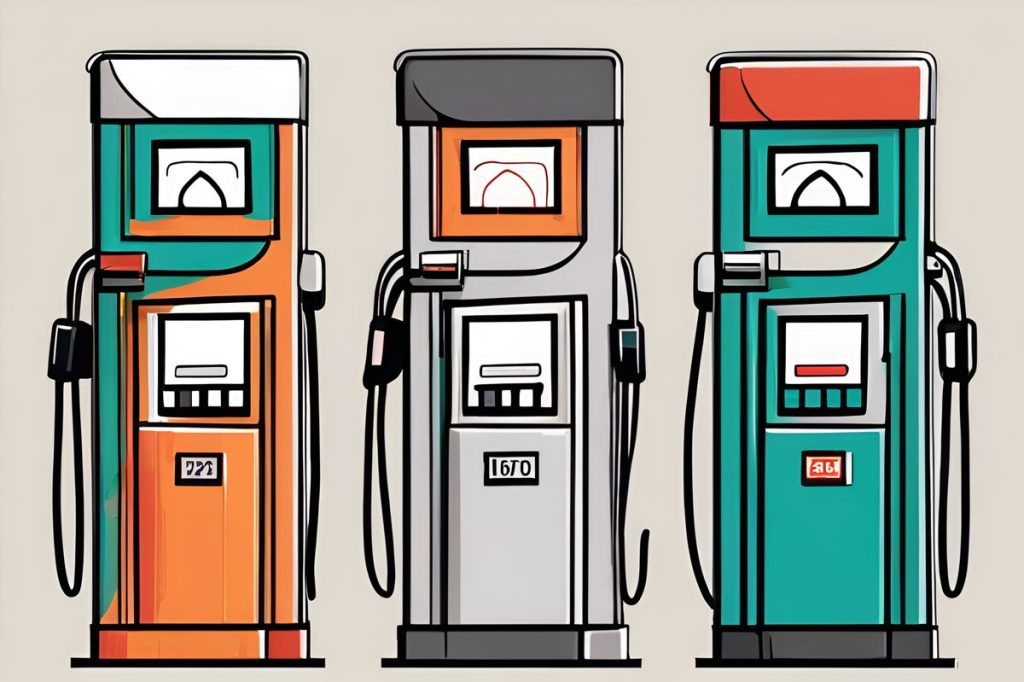Fuel costs in Cyprus have surged due to the government retracting a fuel tax subsidy, leading to an average increase of 8.3 cents per litre for petrol. Districts like Limassol, Nicosia, and Famagusta have experienced varying price hikes, with diesel prices also rising. This has affected commuters, businesses, and the economy.
Why have fuel costs surged across Cyprus?
Fuel costs in Cyprus have surged due to the government retracting a fuel tax subsidy, leading to an average increase of 8.3 cents per litre for petrol. Districts like Limassol, Nicosia, and Famagusta have experienced varying price hikes, with diesel prices also rising. This has affected commuters, businesses, and the economy.
The citizens of Cyprus have been feeling the pinch at the pump. As of April 1, a significant rise in petrol prices swept through the districts, averaging an 8.3 cents increase per litre. This upward trend directly coincides with the government’s decision to retract a fuel tax subsidy that had been cushioning the blow to consumers’ wallets.
District-by-District Variations
Not all districts experienced the hike equally. Limassol bore the brunt of the surge, with an average increase of 9.2 cents for 95-octane petrol. Nicosia was hot on its heels with a 9.1-cent rise, closely followed by Famagusta at 8.7 cents. Larnaca’s prices went up by the national average of 8.3 cents, whereas Paphos saw the smallest impact – a relatively modest 8-cent uptick. Prices in Nicosia showed considerable variability, with petrol costs oscillating between €1.37 and €1.55 per litre.
Diesel Prices Follow Suit
Not to be left behind, diesel prices also experienced a hike. Limassol and Nicosia saw diesel go up by 8.4 cents per litre, and Larnaca’s increase was marginally higher at 8.5 cents. In contrast, Famagusta and Paphos observed slightly lower rises of 7.3 and 7.6 cents, respectively. Limassol, known for its bustling port and extensive commerce, registered the sharpest price disparity in diesel, ranging from €1.51 to €1.63 per litre.
Impact on Consumers
The removal of the fuel tax subsidy is more than a mere statistic; it has real implications for the everyday lives of Cypriots. Commuters, businesses, and even the cost of goods and services are all affected as fuel prices are intricately linked to the economy’s overall health. The fluctuating costs between districts also highlight a regional disparity that impacts travel and transportation costs differently across the island.
While the government has yet to respond to these increases, the Cyprus Consumers Association has been actively monitoring the situation. This rise in fuel costs is among many challenges facing Cypriots, including the ever-looming concerns of global economic stability and regional geopolitical tensions.
With the global economy still reeling from recent events and the energy sector’s volatility, it remains to be seen how the situation in Cyprus will evolve. What is clear, however, is that the era of consistently low fuel prices seems to be behind us, and both individuals and businesses will have to adapt to this new reality.
Why have fuel costs surged across Cyprus?
Fuel costs in Cyprus have surged due to the government retracting a fuel tax subsidy, leading to an average increase of 8.3 cents per litre for petrol. Districts like Limassol, Nicosia, and Famagusta have experienced varying price hikes, with diesel prices also rising. This has affected commuters, businesses, and the economy.
How have different districts in Cyprus been impacted by the surge in fuel costs?
Not all districts experienced the hike equally. Limassol bore the brunt of the surge, with an average increase of 9.2 cents for 95-octane petrol. Nicosia was hot on its heels with a 9.1-cent rise, closely followed by Famagusta at 8.7 cents. Larnaca’s prices went up by the national average of 8.3 cents, whereas Paphos saw the smallest impact – a relatively modest 8-cent uptick. Prices in Nicosia showed considerable variability, with petrol costs oscillating between €1.37 and €1.55 per litre.
How have diesel prices been affected in Cyprus?
Diesel prices also experienced a hike along with petrol. Limassol and Nicosia saw diesel go up by 8.4 cents per litre, and Larnaca’s increase was marginally higher at 8.5 cents. In contrast, Famagusta and Paphos observed slightly lower rises of 7.3 and 7.6 cents, respectively. Limassol had the sharpest price disparity in diesel, ranging from €1.51 to €1.63 per litre.
What is the impact of the fuel cost increase on consumers in Cyprus?
The removal of the fuel tax subsidy has real implications for the everyday lives of Cypriots. Commuters, businesses, and the cost of goods and services are all affected as fuel prices are intricately linked to the economy’s overall health. The fluctuating costs between districts also highlight a regional disparity that impacts travel and transportation costs differently across the island. The Cyprus Consumers Association has been monitoring the situation, but the challenges faced by Cypriots extend beyond fuel prices, encompassing global economic stability and regional tensions.

